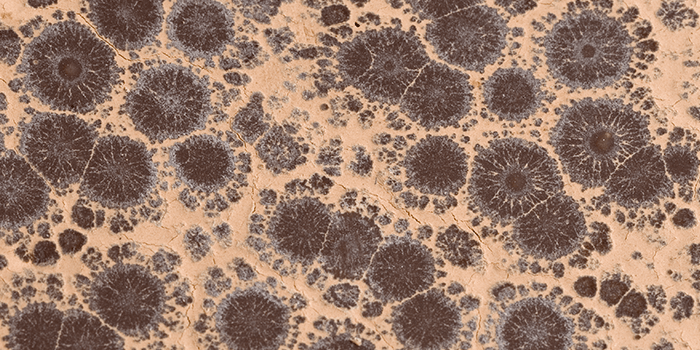
19 Nov What is Bloomed Chocolate and Can You Eat It?
Written by, Dara Wilson
If you don’t know what bloomed chocolate is off the top of your head, you’d certainly know what it is by looking at a picture of it. “Ahhhhhhh, so that’s what that’s called…”
Perhaps you’ve experienced excitedly opening a milk chocolate bar you found in your car (coat pocket, purse, gym bag, etc), but your treat had turned into a weird science project? Yep, you’ve guessed it. That’s what chocolate looks like when it “blooms”.
The short explanation of bloomed chocolate is when chocolate has had an oopsy, such as being exposed to temperatures above optimal storage. And yes, of course, you can eat it. The long answer is a more complicated one, but oh so interesting. RED chocolate’s master chocolatiers are here to clarify this largely misunderstood concept.
Chocolate Blooming
What is bloomed chocolate?
A chocolate bloom is a white or grey coating, dusting, or streaking on chocolate. Two types of chocolate blooms exist, a fat bloom and a sugar bloom.
Fat Bloom
- Most common type of chocolate bloom, especially with milk chocolate
- Grey or whitish streaks on the chocolate’s surface
- Feels slick to the touch and melts
- Commonly arises from storage or age
- Caused by changes in cocoa butter’s fat crystals; occurs when chocolate has been exposed to warm temperatures
- Here, cocoa butter in the chocolate softens, then its fat separates from the other ingredients. Next, the fat from the cocoa butter rises to the surface and re-solidifies improperly, thereby creating a fat bloom.
Sugar Bloom
- Less common type of chocolate bloom
- Dry, hard white film covered on chocolate’s surface
- Feels bumpy to the touch and does not melt
- Arises from moisture in the chocolate coating
- Sugar crystals are attracted to moisture and dissolve in its presence.
- Specifically, sugar absorbs moisture, then dissolves and evaporates into it. Next, the sugar forms larger crystals on the surface of the chocolate, creating a bumpy, dusty layer.
Why does chocolate bloom?
A chocolate bloom occurs when there are rapid changes in temperature. Bloomed chocolate results from inadequate tempering of chocolate.
Chocolate Bloom Deserves Love Too
Can you eat bloomed chocolate?
Yes.
- Ultimately, chocolate blooms don’t harm its flavor or the chocolate’s shelf life, just damage its cosmetic appearance.
- While unattractive to look at, you can still eat and cook with bloomed chocolate. Remember, not everyone is perfect. Even bloomed chocolate deserves to be eaten.
- Bloomed chocolate can be fixed, but it’s not necessary. Melt the chocolate down on the stove or in a glass bowl in the microwave. Then, mix it. Pour it into a mold and allow it to cool completely. This brings the sugar or fat back into the solution.
How do you prevent chocolate bloom?
- Always package and store any type of chocolate at room temperature, never below. Keep chocolate away from temperature shocks.
- Many people love refrigerated or frozen chocolate bars, but be careful. Damp conditions such as air humidity or refrigerator condensation cause sugar to dissolve and surface.


No Comments